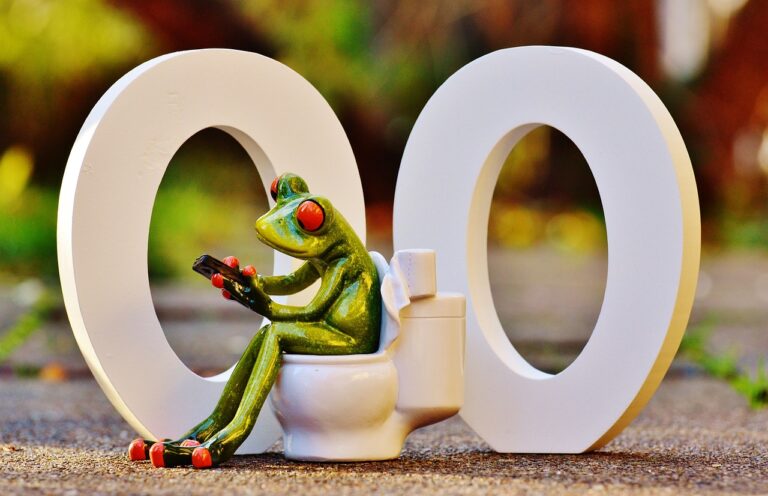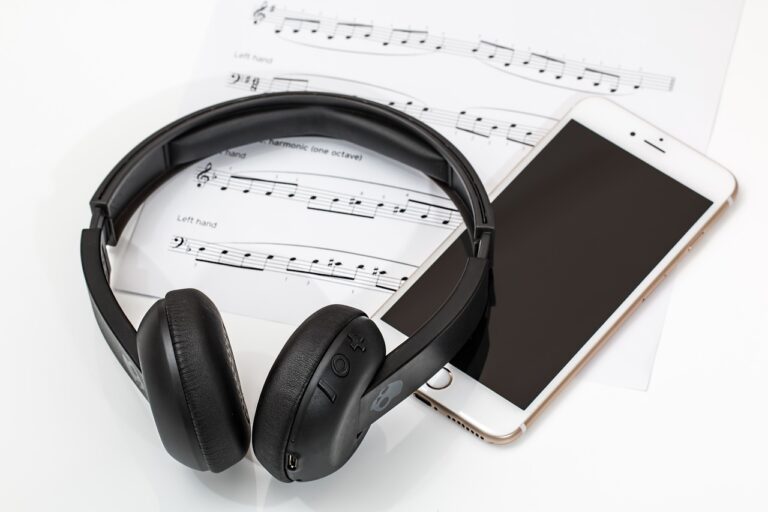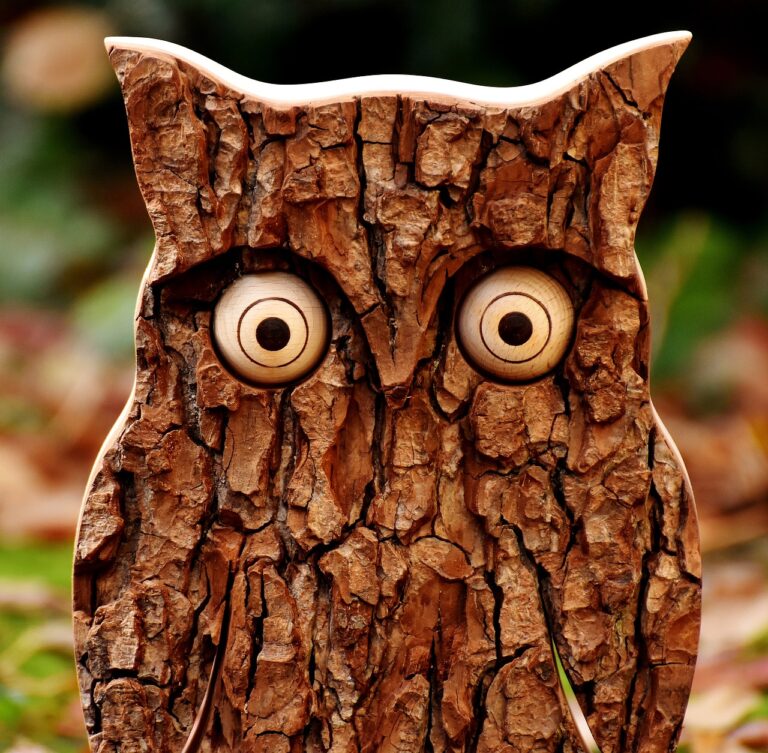The Art of Sound Design: Crafting Immersive Entertainment Experiences
Sound design is a crucial element in various forms of media, such as films, video games, and even commercials. It involves creating and manipulating audio elements to enhance the overall experience for the audience. Sound designers utilize a combination of music, dialogue, sound effects, and ambience to evoke emotions, set the mood, and immerse viewers into the world being portrayed.
In addition to enhancing the visual aspects of a project, sound design also plays a significant role in storytelling. By carefully selecting and manipulating sounds, designers can guide the audience’s attention, convey important information, and even foreshadow events. A well-crafted sound design can elevate a piece of media from good to exceptional, leaving a lasting impact on the audience long after the experience is over.
Understanding the Role of Sound in Entertainment
Sound plays a crucial role in shaping the emotional experience of audiences in various forms of entertainment. From movies to video games, sound design enhances the narrative, creates tension, and elicits specific reactions from viewers and players. Through the use of sound effects, music, and dialogue, creators can immerse the audience in the story and enhance the overall viewing or gaming experience.
In film, sound is a powerful tool that complements the visuals on screen, providing depth and realism to the narrative. Whether it’s the subtle rustling of leaves in a forest scene or the booming soundtrack in an action sequence, sound design helps to establish the mood and tone of the story. Additionally, sound effects can be used to reinforce key plot points, amplify emotions, and build suspense, keeping the audience engaged and invested in the outcome of the film.
Creating Atmosphere through Sound
The use of sound in creating atmosphere within various forms of entertainment is a crucial element that should not be underestimated. From the eerie silence that builds tension in a horror movie to the lively background chatter in a bustling city scene, sound has the power to transport the audience to different worlds and evoke strong emotions. By carefully selecting and manipulating audio elements such as music, sound effects, and ambient noise, creators can enhance the mood and tone of their work significantly.
In films, sound designers play a vital role in sculpting the atmosphere and guiding the viewer’s emotional experience. Through the use of techniques like Foley sound effects and spatial audio, they can immerse the audience in the story’s world and create a sense of realism. Additionally, in video games, sound design is crucial for setting the tone of the gameplay and enhancing the player’s engagement. By incorporating dynamic soundscapes that respond to the player’s actions, game designers can heighten the overall atmosphere and make the gaming experience more captivating and memorable.
• In films, sound designers use Foley sound effects and spatial audio to immerse the audience in the story’s world
• Sound design in video games is crucial for setting the tone of gameplay and enhancing player engagement
• Dynamic soundscapes that respond to player actions can heighten overall atmosphere in games
What is sound design?
Sound design is the process of creating and manipulating sound elements to enhance the overall atmosphere and emotion of a piece of entertainment.
How does sound contribute to creating atmosphere?
Sound can help set the mood, establish the setting, and create tension or suspense in a scene. It can also provide important information to the audience and help immerse them in the story.
What are some key elements of sound design?
Key elements of sound design include sound effects, music, dialogue, ambient sounds, and mixing techniques to create a balanced and immersive sound experience.
How can sound be used to enhance storytelling?
Sound can be used to emphasize key moments, convey emotions, and guide the audience’s attention. By carefully crafting the sound elements, storytellers can enhance the impact and overall effectiveness of their narrative.
What tools and software are commonly used in sound design?
Common tools and software used in sound design include digital audio workstations (DAWs), sound libraries, synthesizers, and various plugins for effects and processing.
How can someone learn more about sound design?
There are many resources available online, including tutorials, courses, and forums dedicated to sound design. It can also be helpful to practice and experiment with different techniques to develop a better understanding of how sound can be used to create atmosphere.







